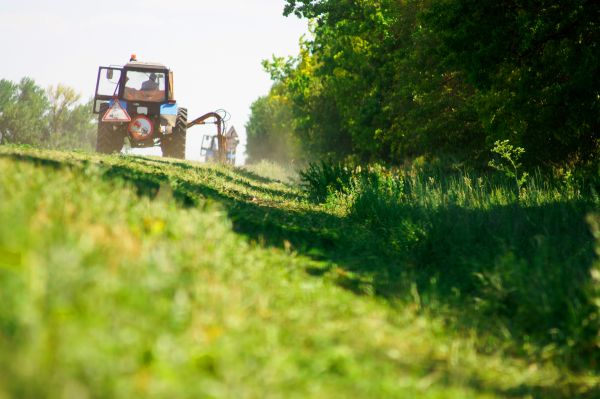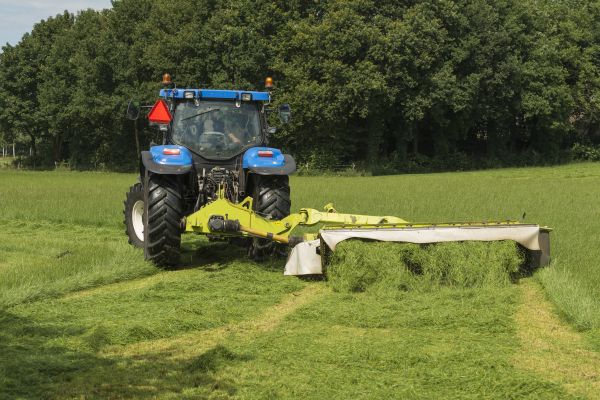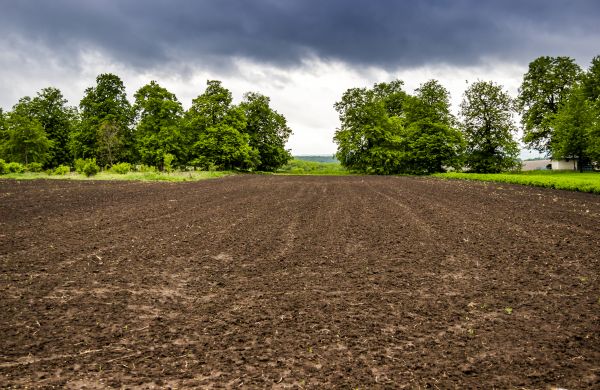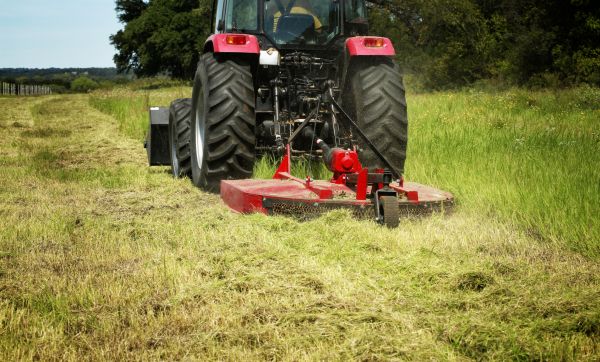Field Brush Hogging Service
Affordable Field Brush Hogging
Field Brush Hogging is a crucial land management practice that involves the use of a heavy-duty rotary mower, often called a brush hog, to clear overgrown vegetation, small trees, and dense brush from fields and large areas of land. This method is particularly important for maintaining the health and usability of agricultural land, pastures, and recreational areas. By regularly removing unwanted growth, field brush hogging helps prevent the encroachment of invasive species, reduces fire hazards, and promotes the growth of desirable vegetation. It also prepares the land for various uses, ensuring it remains productive and visually appealing.
Benefits of Field Brush Hogging
-
Improved Land Health
Regular brush hogging helps maintain the ecological balance of the land. By removing invasive species and overgrown vegetation, it allows native plants to thrive. This practice also reduces the risk of diseases and pests that can affect both plant and animal life. -
Fire Hazard Reduction
Overgrown fields are a significant fire risk, especially in dry seasons. Brush hogging reduces the amount of flammable material, thereby lowering the likelihood of wildfires. This proactive measure is vital for protecting property and ensuring the safety of surrounding areas. -
Enhanced Aesthetic Appeal
A well-maintained field is visually pleasing and can increase the value of the property. Regular clearing of brush and overgrowth ensures that the land remains attractive and inviting, whether for personal enjoyment or potential buyers. -
Increased Usability
Clearing fields with brush hogging makes the land more accessible and usable for various activities such as farming, grazing, and recreation. It creates open spaces that are easier to navigate and utilize, enhancing the overall functionality of the property.
FAQs About Field Brush Hogging
What is the best time of year for field brush hogging?
The ideal time for brush hogging is typically late summer to early fall. This timing allows for the removal of mature vegetation and prepares the land for the upcoming seasons.
How often should field brush hogging be done?
The frequency of brush hogging depends on the growth rate of vegetation and the intended use of the land. Generally, performing this task once or twice a year is sufficient to maintain control over unwanted growth.
Can brush hogging help with pest control?
Yes, by removing dense vegetation, brush hogging can disrupt habitats for pests and reduce their population. This helps in maintaining a healthier environment for crops and livestock.
Is field brush hogging environmentally friendly?
When done responsibly, brush hogging can be environmentally beneficial. It promotes biodiversity by allowing native species to flourish and reduces the need for chemical herbicides.
Fill out the contact form today to request Field Brush Hogging services, and experience the benefits of improved land health, reduced fire hazards, enhanced aesthetic appeal, and increased usability with professional expertise.




